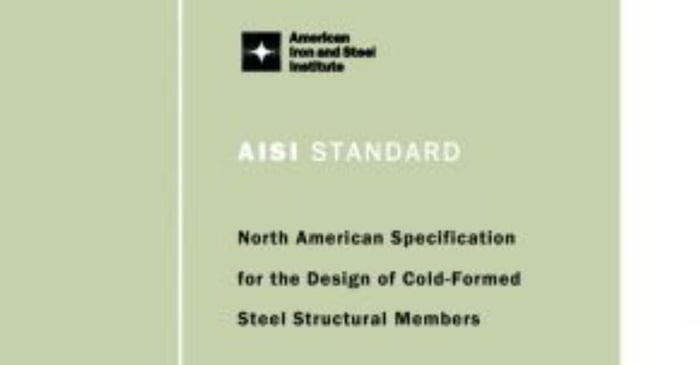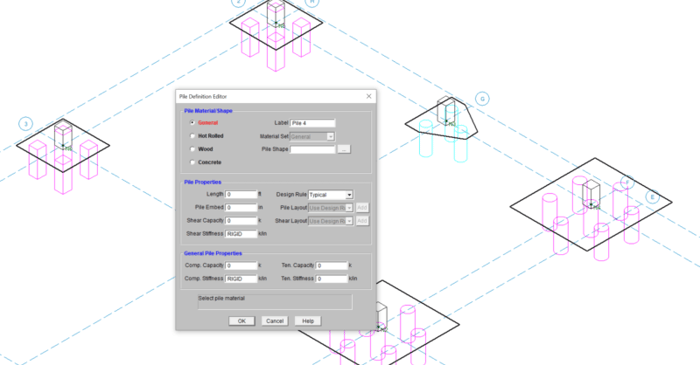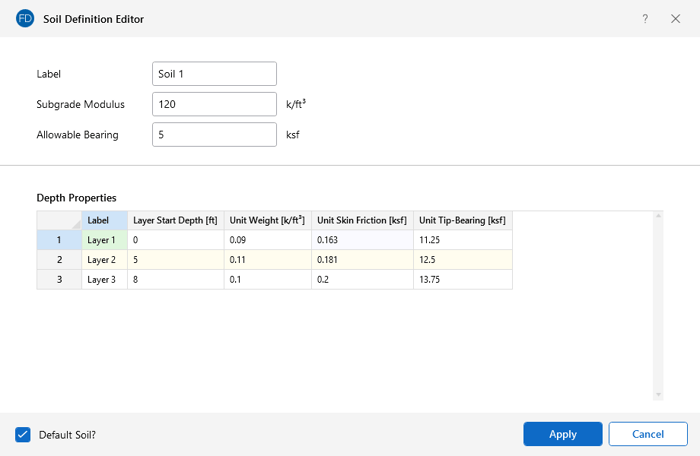
December 19, 2017
TMS 402-16 Masonry Code Specification now Available
The new TMS 402-16 Masonry Code (formerly designated as ACI 530 and ASCE 5) have been added to RISA-3D v16.0, RISAFloor v12.0 and RISAFoundation v10.0.
Powerful Tools Don’t Help If They’re Left Unused Many engineers evaluate analysis software based on core modeling and design checks. But once a demo is over, some of the most impactful features are the ones that quietly save time on real projects — especially mid-size jobs where efficiency matters most. These aren’t advanced edge-case tools. They’re everyday features that often go underused. Diaphragm Forces: See Load Paths Instead of Guessing Diaphragm force output is one of the most valuable — and least leveraged — parts of a full building model. Instead of relying on manual distribution or conservative assumptions, engineers can directly see how loads are flowing to vertical elements. For mid-size structures, this clarity can mean: Fewer overdesigned collectors More confidence in lateral load paths Faster review and revisions when layouts change Batch Results: Review Smarter, Not Longer Batch results allow engineers to review multiple load cases, members, or design checks in a single pass. Instead of hunting through individual reports, patterns become obvious quickly. On mid-size jobs, this speeds up: QA/QC reviews Iterative design changes Comparing “before and after” scenarios It’s not about skipping checks — it’s about seeing the full picture sooner. Design Iteration Speed Is the…
Read More

The new TMS 402-16 Masonry Code (formerly designated as ACI 530 and ASCE 5) have been added to RISA-3D v16.0, RISAFloor v12.0 and RISAFoundation v10.0.

An update to the Cold-Formed Steel Design Codes has been added to RISA-3D v16.0 and RISAFloor v12.0. Updated Codes include:

Hot rolled steel, wood, and concrete piles are now available in RISAFoundation v10.0. The Pile Definition Editor lets the user input the pile’s properties including the pile’s shape, material, and length. For concrete piles the user has the ability to apply a custom shear and flexural rebar layout...

With Pile Design in RISAFoundation, you have the ability to define the default soil properties for the entire model. But also the Soil Definitions spreadsheet gives you control over all the soil property layers in one location.

RISAFloor v11 includes the new Area Load Query tool which allows users to visually inspect the area loads applied to a floor level.

Basic Description Pattern based skip loading has recently been added into RISAFloor beam design. This can be turned on or off using the checkbox in the Solution tab of the (Global) Model Settings shown below.

The Load Combination Generator in RISA-3D can now include earthquake loads in load combinations to reflect Response Spectra Analysis.

The International Code Council just released the 2018 International Building Code (IBC) in August 2017.

The Steel Joist Institute (SJI) sizes and capacities from the 44th Edition Standard Specifications Load Tables and Weight Tables for Steel Joists and Joist Girders are now available in RISAFloor v12. There were no changes from the 43rd to the 44th Editions so you’ll see that these two are grouped...
Our monthly "Structural Moment" newsletter is the best way to keep up with RISA’s product updates, new releases, new features, training events, webinars and more...